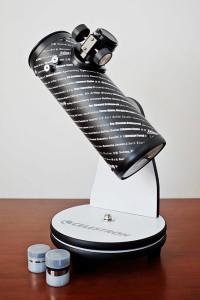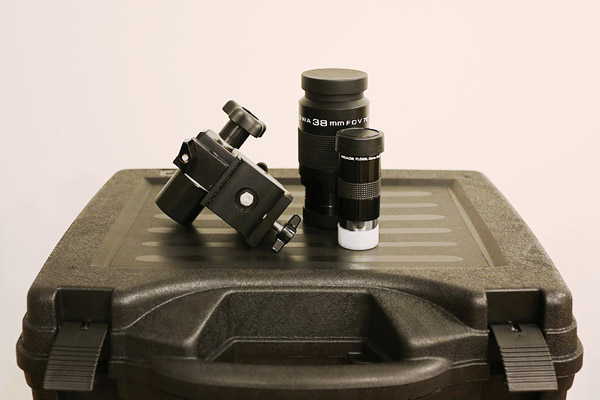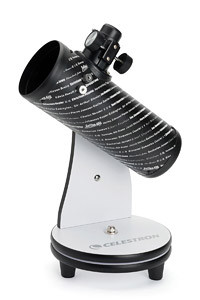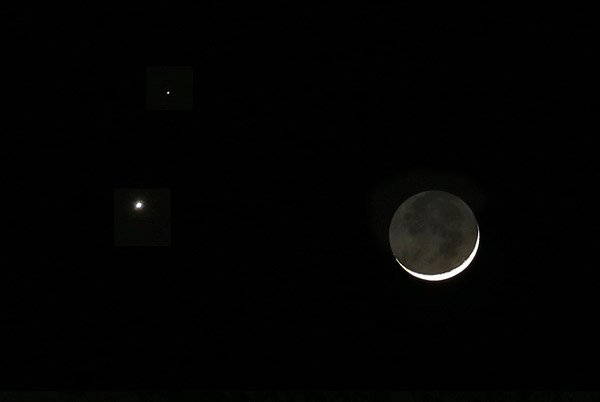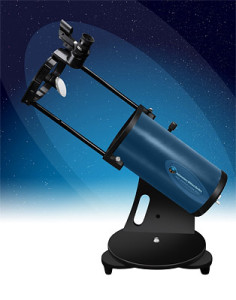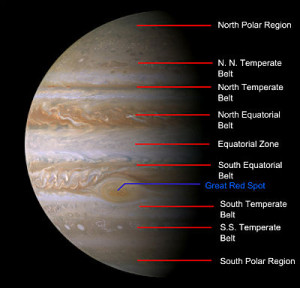Small, inexpensive telescopes have an appeal all their own. Ideally they are simple to use and though they don’t collect the most light or have the highest quality optics or most robust construction, under a clear night sky they can reveal a host of wonders. In practice few of these cheap telescopes actually live up to these aspirations and many of them are so flawed in optics or mechanics as to be more frustrating than fun.
The Celestron FirstScope (you can also find it at Amazon) is a small, 76mm, reflector that has interested me for some time. It is incredibly inexpensive; the regular price is under $50 and I’ve seen it on sale for under $35 from time to time. So what makes the FirstScope any different from countless other cheap telescopes?
